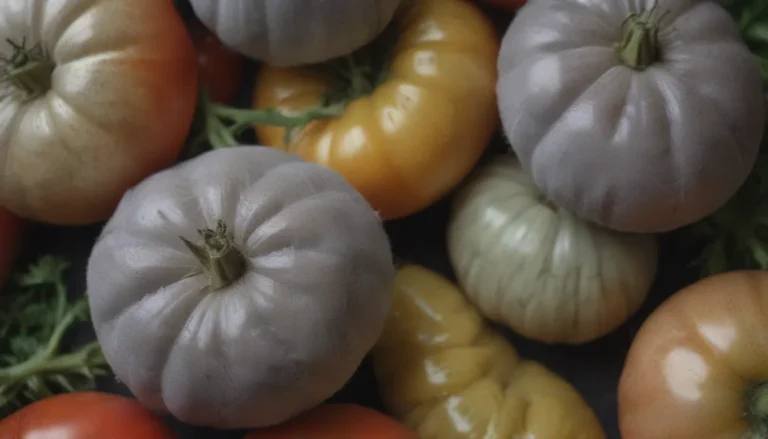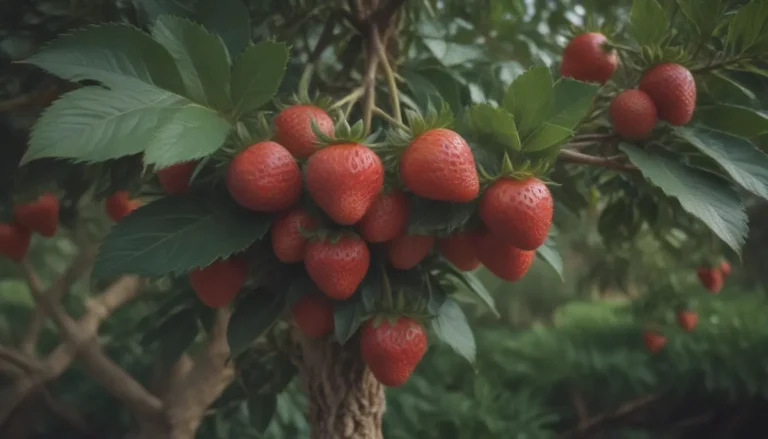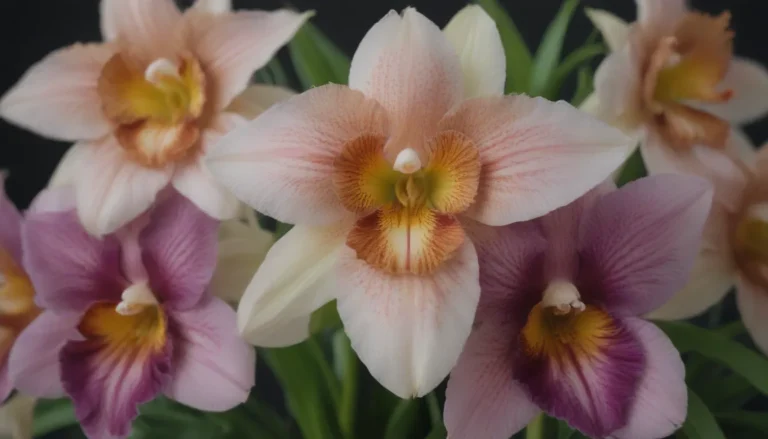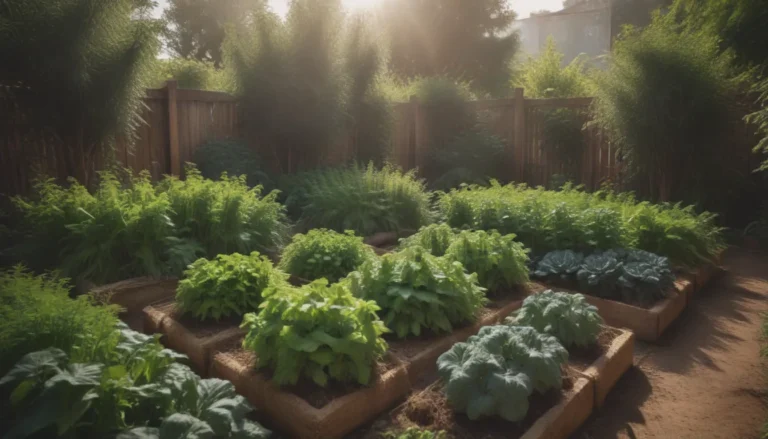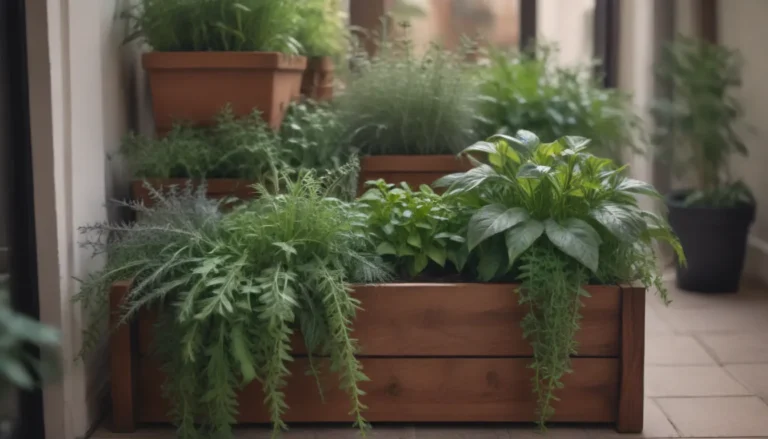Natural vs. Colored Mulch: Everything You Need to Know
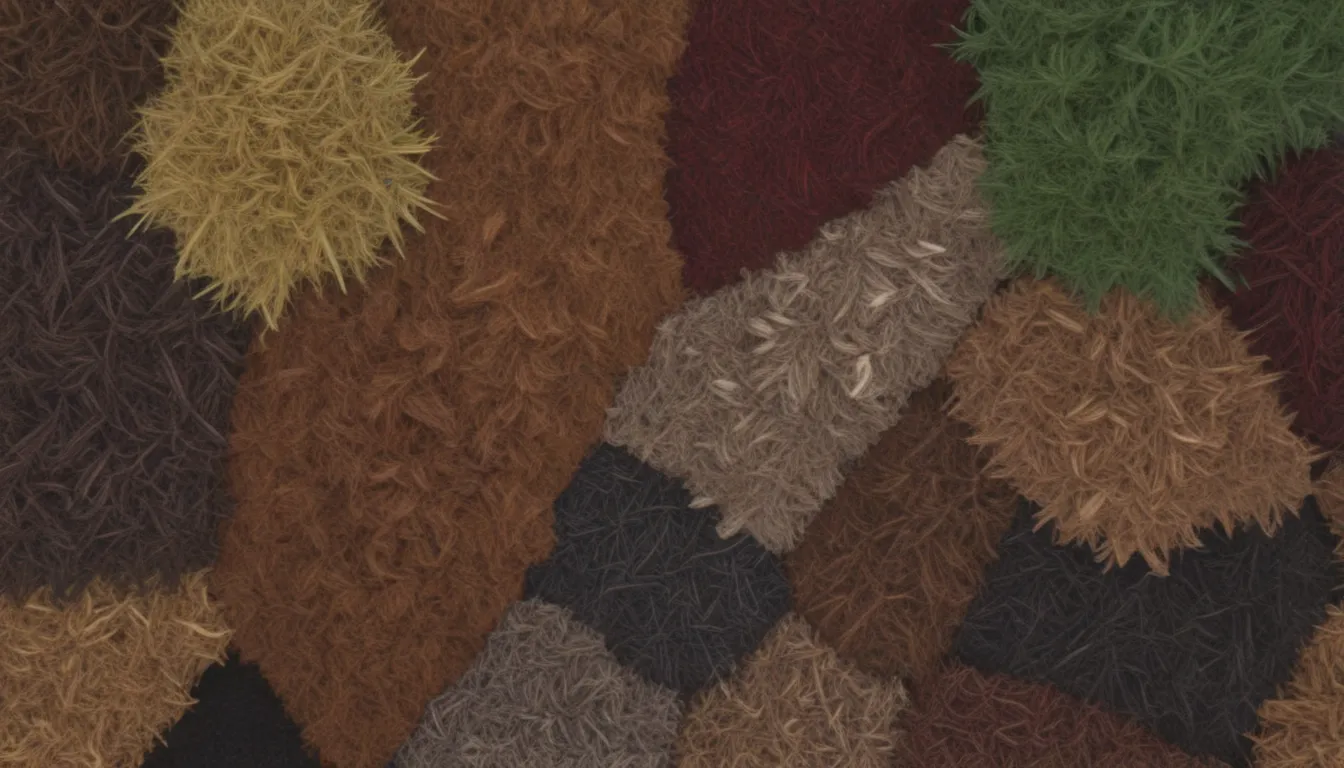
When it comes to landscaping, mulch plays a crucial role in enhancing the overall look of your garden or yard. Traditionally, mulch came in natural wood tones, but in recent years, colored mulch has gained popularity, offering a variety of vibrant options for homeowners. In this comprehensive guide, we’ll delve into the world of natural versus colored mulch, exploring the benefits, drawbacks, and everything in between.
Understanding “Colored” Mulch
Colored mulch is a wood product that has been dyed, often using vegetable-based dyes, to achieve a hue that is different from the natural color of mulch. This process is done to either enhance the appearance of the mulch or to prolong its color retention. While some may argue that colored mulch looks unnatural, others appreciate the visual appeal it brings to their landscape.
Why “Colored” Mulches Were Developed
The primary reason for the development of colored mulches was to offer homeowners a broader range of choices when it comes to landscaping materials. Natural mulch tends to weather and fade over time, losing its original color and blending into the surroundings. Colored mulch, on the other hand, allows you to make a bold statement or complement the colors of your plants.
Color Options
Colored mulch typically comes in three main colors: brown, red, and black. Here’s a brief overview of each:
- Brown Mulch: This color is a popular choice for those seeking a middle ground between natural and colored mulch. The brown hue is dyed into the mulch, offering a compromise between vibrancy and subtlety.
- Red Mulch: Known for its bold and eye-catching appearance, red mulch can add a pop of color to your landscape. While some may find it garish, others appreciate the vibrancy it brings.
- Black Mulch: This color is often admired for its sleek and modern look. Black mulch can provide a striking contrast to brightly colored flowers or plants in your garden.
Pros and Cons of Colored Mulch
Opinions on colored mulch vary widely among gardeners. Some view it as a valuable addition that enhances the overall aesthetics of their landscape, while others criticize it for looking unnatural. Ultimately, the decision to use colored mulch comes down to personal preference and design sensibilities.
Making the Choice: Natural vs. Colored Mulch
If you’re undecided about whether to opt for natural or colored mulch for your landscaping project, here are some factors to consider:
- Natural Mulch:
- Blends well with the surroundings.
- Fades over time, giving a weathered look.
-
Some prefer the natural, understated appearance of natural mulch.
-
Colored Mulch:
- Offers a range of vibrant hues to choose from.
- Maintains its color for a longer period.
- Can be divisive, with some loving the pop of color and others finding it too artificial.
Achieving Color Naturally
If you’re drawn to the vibrancy of colored mulch but prefer a more natural alternative, consider using red volcanic rock instead. While it won’t break down like wood mulch, red volcanic rock provides a similar visual impact without the need for artificial dyes.
Safety Concerns
One common concern regarding colored mulch is its safety. While the dyes used in colored mulch are generally plant-based and non-toxic, some individuals worry about potential hazards. Additionally, the safety of rubber mulch, which also comes in various colors, has been a topic of debate among homeowners.
In conclusion, the debate between natural and colored mulch ultimately boils down to personal preference and design choices. Whether you opt for the timeless appeal of natural mulch or the vibrant hues of colored mulch, both options can enhance the beauty of your landscape. So, the next time you’re planning a landscaping project, consider the unique characteristics of each type of mulch and choose the one that best suits your aesthetic vision.
